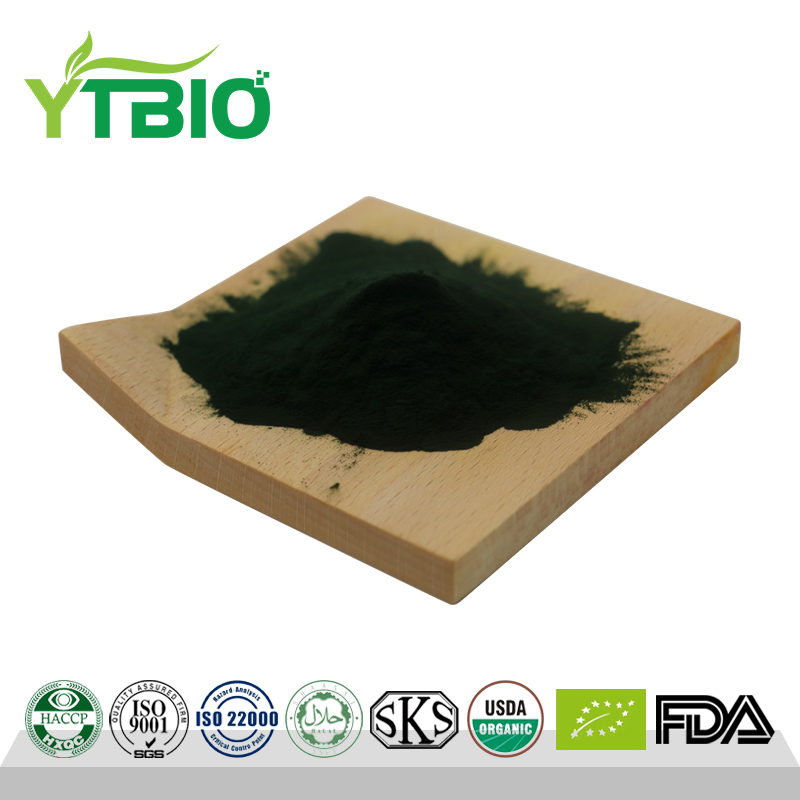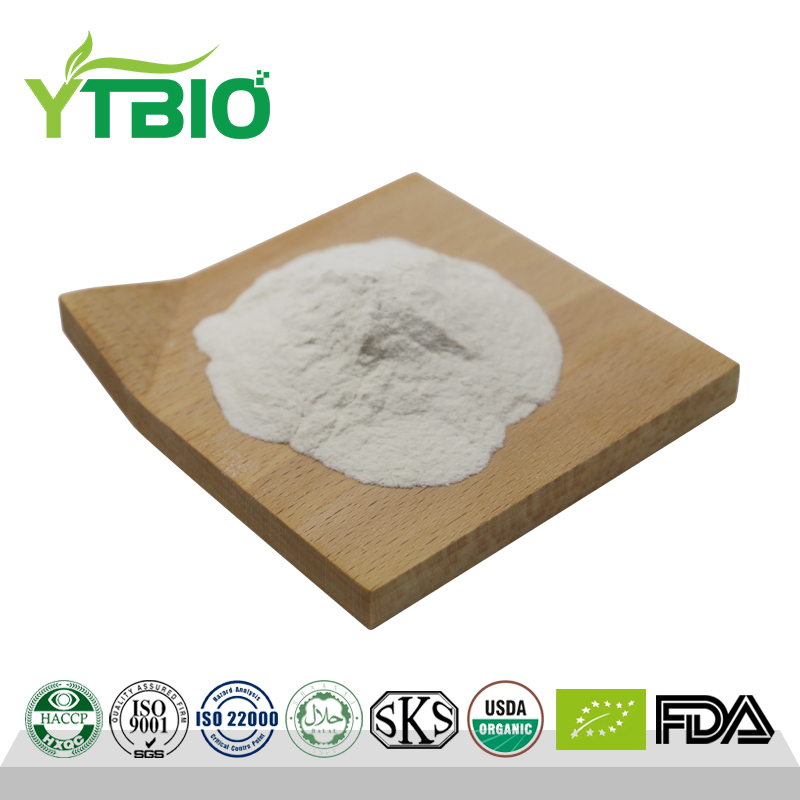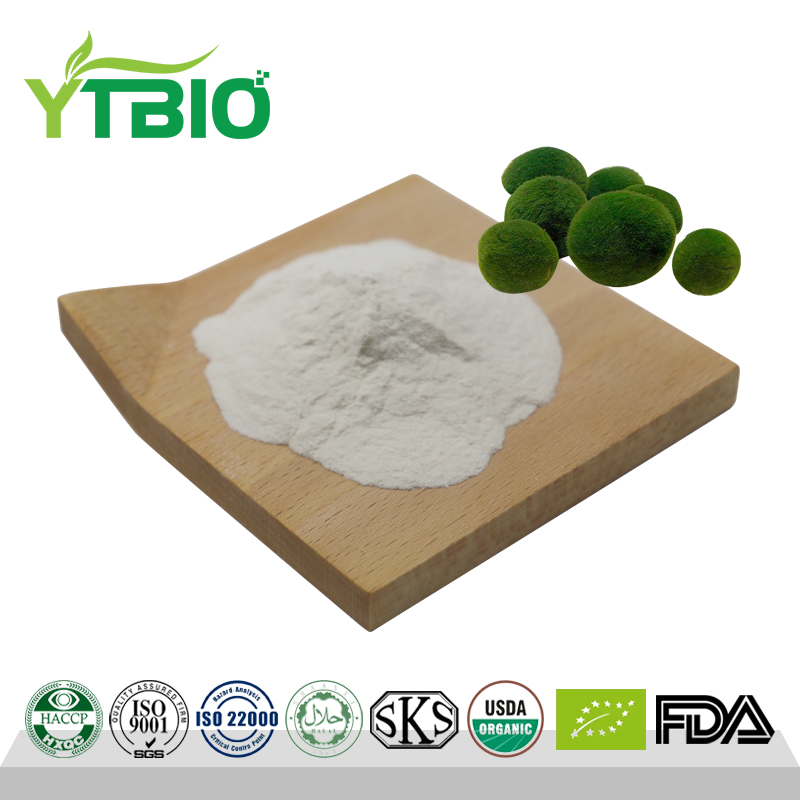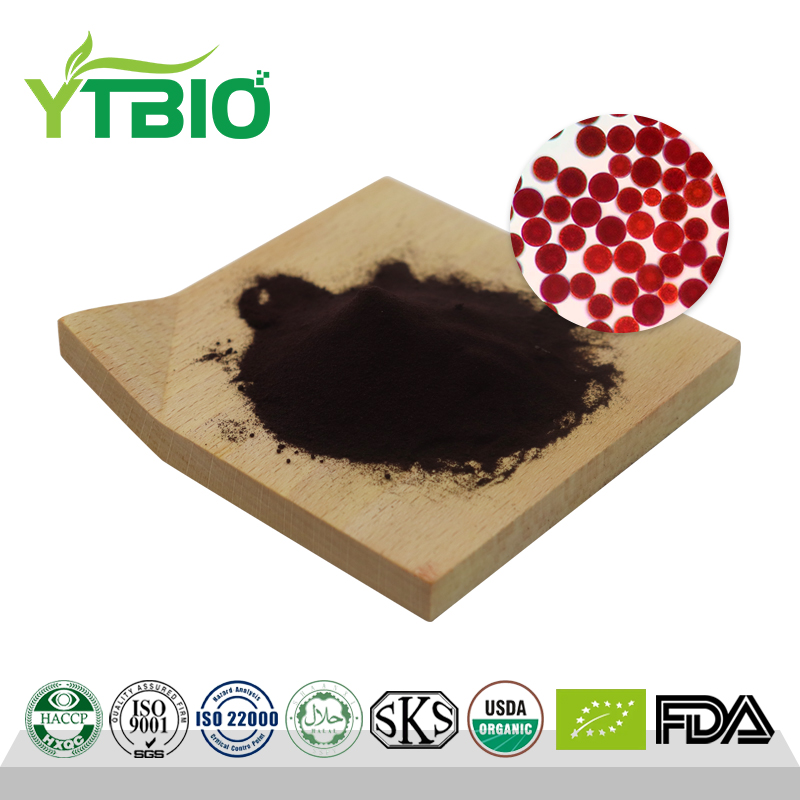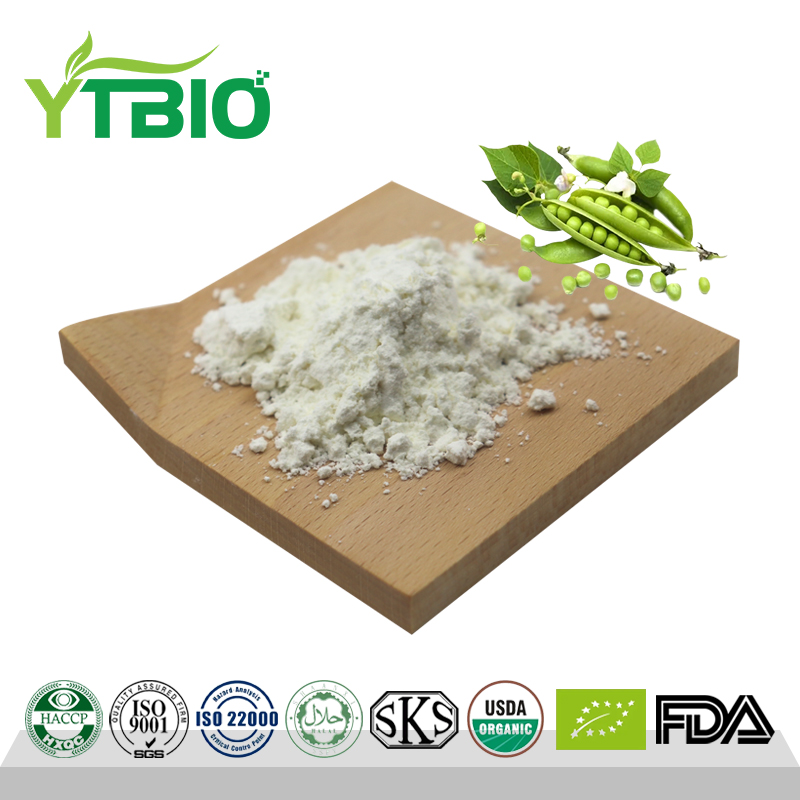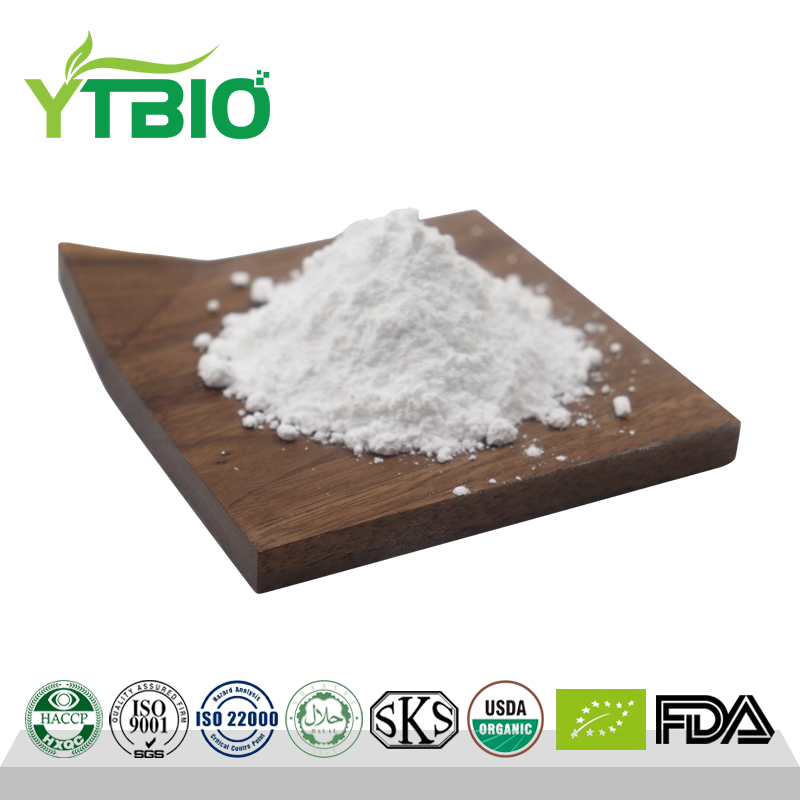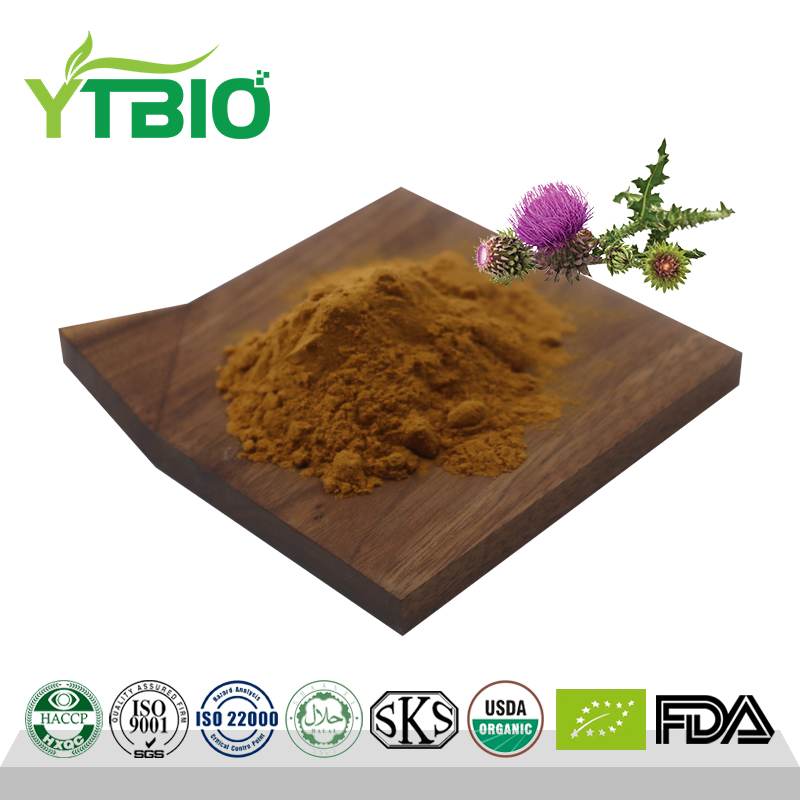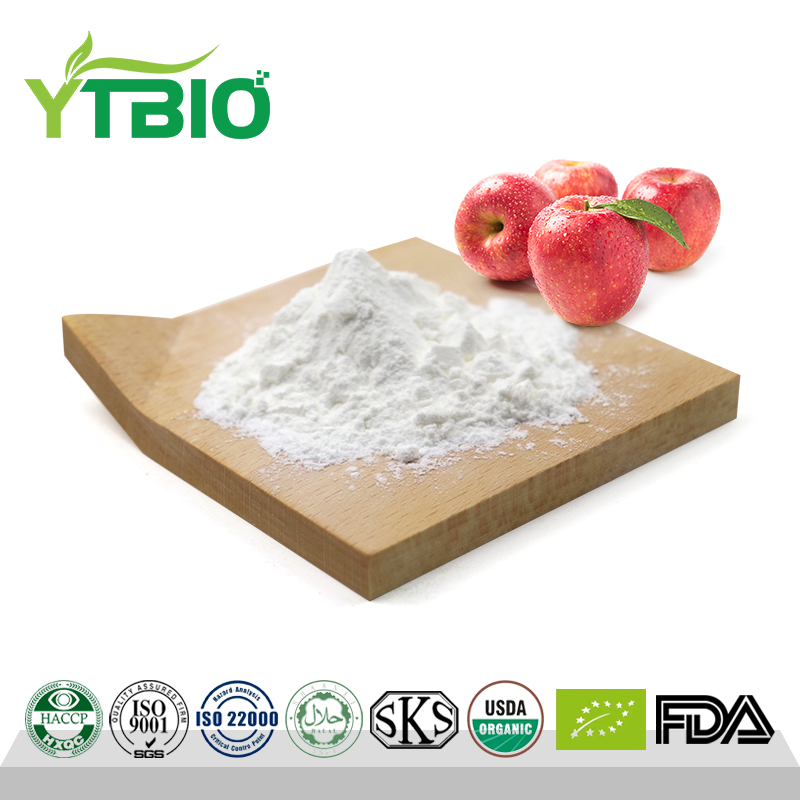Apple Extract Pure Phlorizin Powder
What is phlorizin?
Phlorizin is the glucoside of phloretin. It belongs to the dihydrochalcones in the flavonoids.
Phlorizin is extracted from apples, apple tree bark and leaves, etc. It is a phenolic substance in the apple tree. Phloridzin is a glycoside composed of phloretin and glycosides combined as glucosides. Its degradation product phlorizol can effectively inhibit microbial activity. Clinical studies at home and abroad have shown that phloridzin has good efficacy in treating diabetes.
It has many important biological activities such as lowering blood sugar, improving memory, and anti-allergy, and has potential use value in the food, beauty and health care product industries.
What are the benefits
Phlorizin has many important biological activities such as lowering blood sugar, improving memory, and antioxidant, and has broad application prospects in the development of new drugs and natural health foods.
Antibacterial
Phlorizin is extracted from apples, apple tree bark and leaves. It is a phenolic substance in the apple tree. Research shows that phloridzin accounts for 95% of the total phenolic substance content in the apple tree. It The content is so high that its existence can affect the overall existence of phenolic substances. Phloridzin is a glycoside composed of phloretin and glycosides combined into glucosides. The glycosides are hydrolyzed to form glucose. Due to its high content, it is considered by many scholars to be a storage form of carbohydrates. 4-Deoxyphloridzin has also been widely studied and used. Its degradation product phlorizol can effectively inhibit microbial activity.
Anti-oxidation
Various flavonoids have the effect of eliminating free radicals such as superoxide anion Oˉ2· to a certain extent. This antioxidant ability comes from the hydrogen or electron donating ability of its phenolic hydroxyl groups. Phlorizin is a glycoside derivative of dihydrochalcone phloretin. Dihydrochalcone is a member of flavonoids and has certain antioxidant properties and antioxidant characteristics. Although the molecular structure of phlorizin weakens its antioxidant properties due to glycosylation of the 2'-hydroxyl group, its comprehensive antioxidant capacity is still higher than that of VC and VE, and it has a unique antioxidant mechanism. In addition, phlorizin can be hydrolyzed and detached from its glycoside group in the body to form phloretin, which has better antioxidant capacity.
Treat diabetes
Recent clinical studies at home and abroad have shown that phloridzin has good efficacy in treating diabetes. Many scientists use phloridzin when studying the pathogenesis of diabetes and exploring methods to treat diabetes, allowing research on the treatment of diabetes to proceed quickly and smoothly.
Phlorizin specifically and competitively inhibits the transport of glucose molecules by SGLT1 and SGLT2. It has been confirmed in several animal models that phloridzin can promote glucose secretion and reduce fasting and postprandial blood sugar levels without hypoglycemic side effects. Treating diabetic rats with phloridzin can restore their insulin sensitivity to normal and eliminate or reduce insulin resistance caused by glucotoxicity.
Improve memory skills
Brain activity consumes a large amount of energy supplied by glucose. There is much evidence that circulating blood sugar levels control the process of learning and memory. The effects of many drugs that improve memory are related to the ability to release liver glycogen and increase brain blood sugar levels and utilization. of. Phlorizin inhibits blood sugar from entering the brain. So the mechanism by which phloridzin enhances the brain's memory capacity is apparently independent of blood sugar levels or the brain's ability to absorb sugar.
Application direction
1.Food
Phlorizin can be used as an antioxidant added to food. Phloridzin, which is abundant in apple peels, also has antioxidant effects. Although its antioxidant properties are not as good as those of quercetin, proanthocyanidins, chlorogenic acid and other components in apple polyphenols, phloridzin has the ability to reduce high The role of blood sugar, if used in functional foods, can not only reduce high blood sugar, but also solve the problem of food oxidation.

2. Medicine
Since phloridzin is easily hydrolyzed into phloretin in the human body, and the absorption rate of phloridzin in the small intestine is low, phloridzin is often designed into high molecular polymers with other compounds for drug development.
3. Cosmetics
The antioxidant activity and anti-aging functions of phlorizin have been confirmed by modern scientific research. Phloretin, the hydrolyzate of phloridzin, can competitively inhibit tyrosinase activity and interfere with melanin synthesis. Its whitening effect is better than many whitening products on the market. However, it should be noted that phloridzin activates the cAMP signaling pathway and increases the expression of tyrosinase genes, which can lead to the production of melanin.



